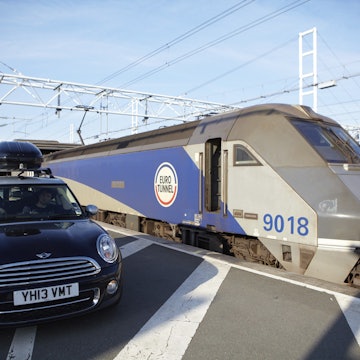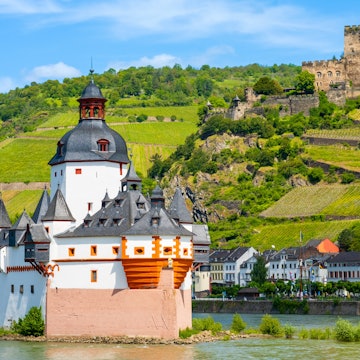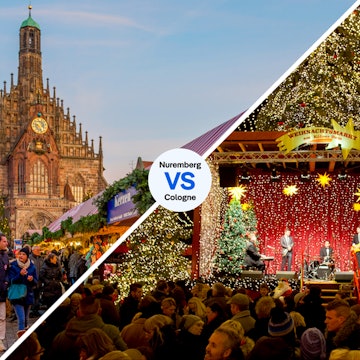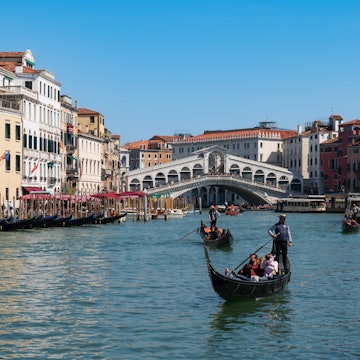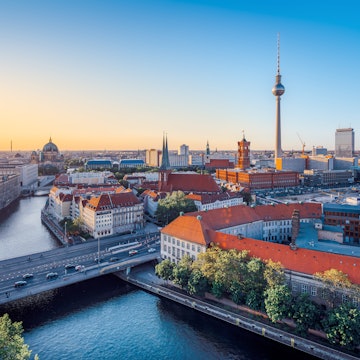

Find out which season will deliver you the ideal trip to Luxembourg. Sabino Parente/Shutterstock
Luxembourg is a wonderland land of green hills, quaffable wines, and loads of great castles. Luxembourg City has fine dining, many free museums and impressive deep-cut valley viewpoints. Beyond the city, in regions like Müllerthal and Éislek, you’ll find lots of charming castles and WWII memorials.
Deciding when to visit Luxembourg depends on what you’re looking for. Autumn (September to November) is ideal for wine lovers, with harvest season in full swing. It also combines pleasant weather and fewer visitors, making it a great time to visit for many travelers. Summer (June to August) brings warm, sunny weather and lively festivals but also higher prices and more visitors. Winter (December to February) offers festive charm with Christmas markets and historic sites bathed in twinkling lights, though temperatures are chilly. Spring (March to May) is a great time to visit before peak season, with blooming countryside and comfortable temperatures.
Each season has its own appeal, making Luxembourg a year-round destination.

Summer is best for outdoor activities and festivities
Summer in Luxembourg brings warm, sunny weather, making it the best time to explore the country's forests, vineyards and medieval towns. Average temperatures range from 15–25°C (59–77°F), and the long daylight hours allow for extended hikes, outdoor dining, and sightseeing. The lush countryside and well-maintained trails make it a paradise for nature lovers.
However, this is also the busiest and most expensive time of year. While Luxembourg doesn’t see the same tourist influx as nearby Belgium, the capital, Moselle Valley and Vianden Castle can get crowded. Hotel rates and flight prices tend to peak in July and August, so booking in advance is recommended. If you prefer a quieter experience, consider visiting in early June or late August when crowds are smaller, but the weather is still pleasant.
Luxembourg is a paradise for outdoor enthusiasts, with countless trails, waterways, and green spaces to explore. The Müllerthal and Éislek regions appeal for outdoor activities, whether you're pedaling through castle villages, paddling down the Sûre River, or hiking along dramatic rock formations. The Müllerthal Trail, one of the country’s most famous routes, passes through “Little Switzerland” and offers stunning views of mossy ravines, crystal-clear creeks, and lush green valleys, particularly west of Echternach.
Meanwhile, the Escapardenne Eislek Trail is a more challenging cross-border route that takes hikers through Belgian Luxembourg and some of the Grand Duchy’s most picturesque landscapes. For water sports enthusiasts, the Moselle River and the Upper-Sûre artificial lake provide excellent opportunities for kayaking, waterskiing, and windsurfing. The Moselle Valley also offers scenic riverside cycling routes, making it a great place to combine sports with vineyard visits.
Luxembourg comes alive on Thursday to Saturday nights, especially in bars around Urban City in the Old Town and the vibrant Rives de Clausen, a pub-restaurant zone in a former brewery. Throughout summer, weekly festivities fill the calendar. A highlight is Luxembourg National Day, celebrated on June 22–23 with lively street parties, a Fakelzuch torchlight procession, fireworks, and all-night celebrations in the city center. Earlier in June, the Fête de la Musique features free concerts throughout the country. In mid-July, the Blues’n’Jazz Rallye draws music lovers for two days of open-air performances and late-night pub gigs.
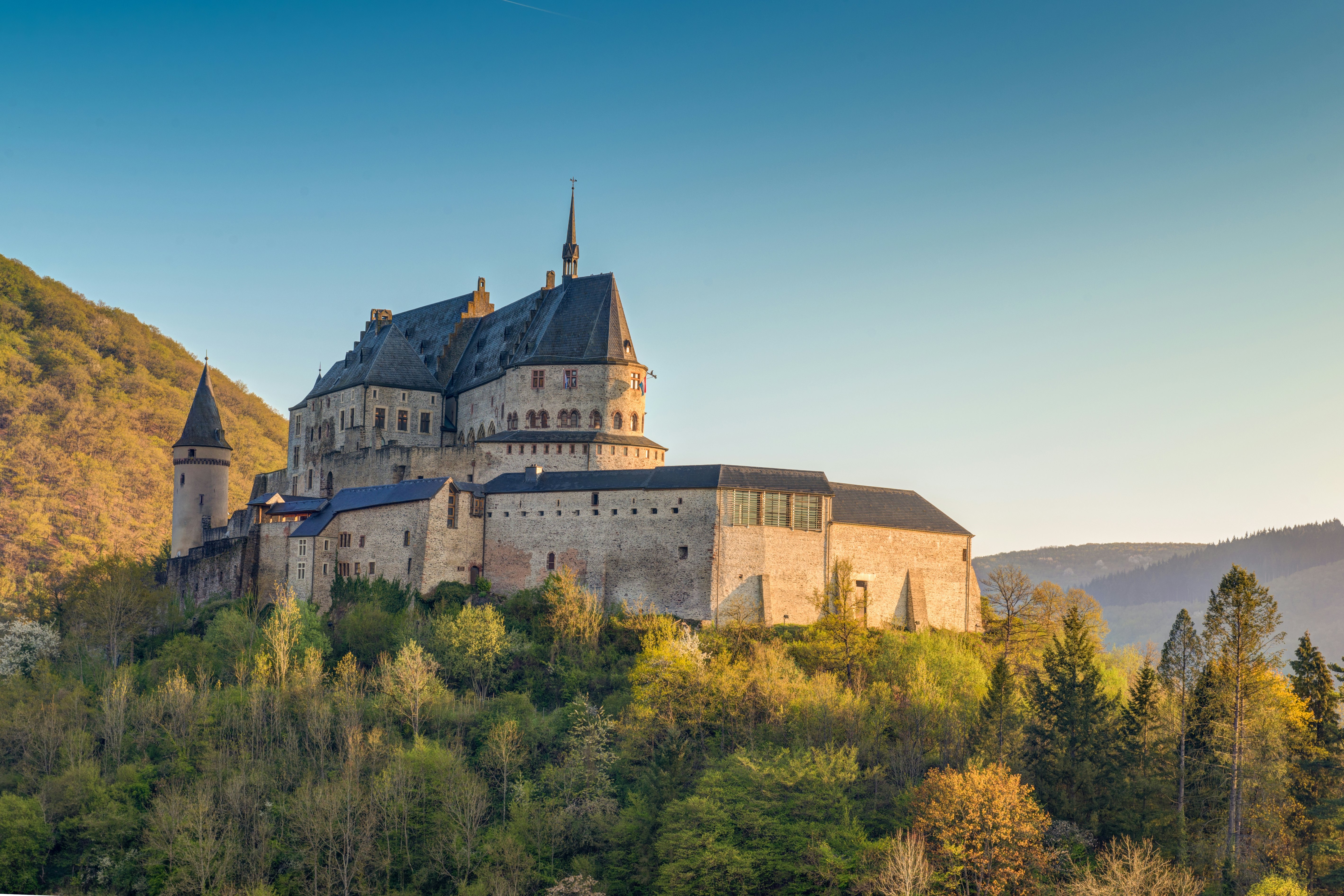
Autumn is best for low crowds and wine-tasting
Autumn in Luxembourg (September to November) is a peaceful time to visit, with mild temperatures, fewer crowds and vibrant foliage transforming the countryside into a stunning patchwork of reds, oranges and yellows. Temperatures range from 7–15°C (45–59°F), making it a comfortable season for sightseeing, hiking and vineyard tours. The summer crowds have thinned, allowing visitors to enjoy the country’s charming villages, historic sites and natural landscapes without the peak-season rush.
While accommodation prices begin to drop after summer, autumn is still a popular time for wine lovers, particularly along the Moselle Valley, where harvest season brings bustling activity to the vineyards. This is also the rainiest time of year, so packing waterproof gear is recommended. Though most major attractions remain open, some seasonal businesses – particularly in smaller towns – begin to scale back operations by late November in preparation for winter.
In Luxembourg, the pride of the country is Moselle wine, which is just as good as its French and German neighbors, boasting a variety of grape types, with Riesling reigning supreme. The river slopes are lined with vineyards, making it a beautiful location to visit. Drauwen a Wäifest at Grevenmacher is the best known of various autumn grape festivals.
The banks of the River Moselle, which forms the Luxembourg–Germany border between Wasserbillig and Schengen, are pillowed with emerald-green vineyard-lined hillsides that by autumn are groaning with grapes. The vines produce the excellent crémants (sparkling wines) that give Luxembourg the fizz and pop that keep it buzzing, as well as a wide range of whites – a special delight are softly balanced pinot blancs, almost unique to Luxembourg.

Winter is best for Christmas markets and museum visits
Winter in Luxembourg (December to February) is a magical time to visit, as the country transforms into a festive wonderland with twinkling lights, Christmas markets and historic sites dusted with snow. Temperatures range from 0–6°C (32–43°F), making it the coldest season, but occasional snowfall adds to the charm. While outdoor activities slow down, indoor attractions like museums, castles and cozy cafes become the focus.
This is the low season for tourism, meaning fewer crowds at major landmarks, lower hotel rates and a more authentic experience in smaller towns. However, it’s worth noting that some attractions have limited hours or close altogether in January and February, especially in rural areas.
Luxembourg City remains lively, particularly during the Christmas season, but by mid-January, the holiday crowds disperse, leaving a quieter and more relaxed atmosphere. As the Winter Lights festival illuminates the city from late November to New Year, Luxembourg’s festive atmosphere becomes even more magical, with twinkling displays enhancing its historic charm. Drink glühwäin and eat gromperekichelcher and mettwurscht at several enchanting Christmas markets.
Luxembourg’s many museums provide the perfect indoor escape from the cold. The National Museum of History and Art in the capital showcases Luxembourg’s cultural heritage, while the Fort Thüngen museum explores the country’s fascinating defensive history.
For a scenic winter drive, visit Vianden Castle, one of Europe’s most picturesque hilltop fortresses, which looks particularly striking when dusted with snow. Château de Bourscheid, another dramatic medieval ruin, offers breathtaking views of the Ardennes landscape.
In Esch-sur-Alzette, Luxembourg’s second city, the industrial Belval quarter has been transformed into a cultural hub, where two massive blast furnaces now serve as the centerpiece of a modern regeneration project. Nearby, the Rockhal concert venue continues to draw big-name performers throughout winter.
This article was adapted from Lonely Planet’s Belgium & Luxembourg guidebook, published in July 2024.






